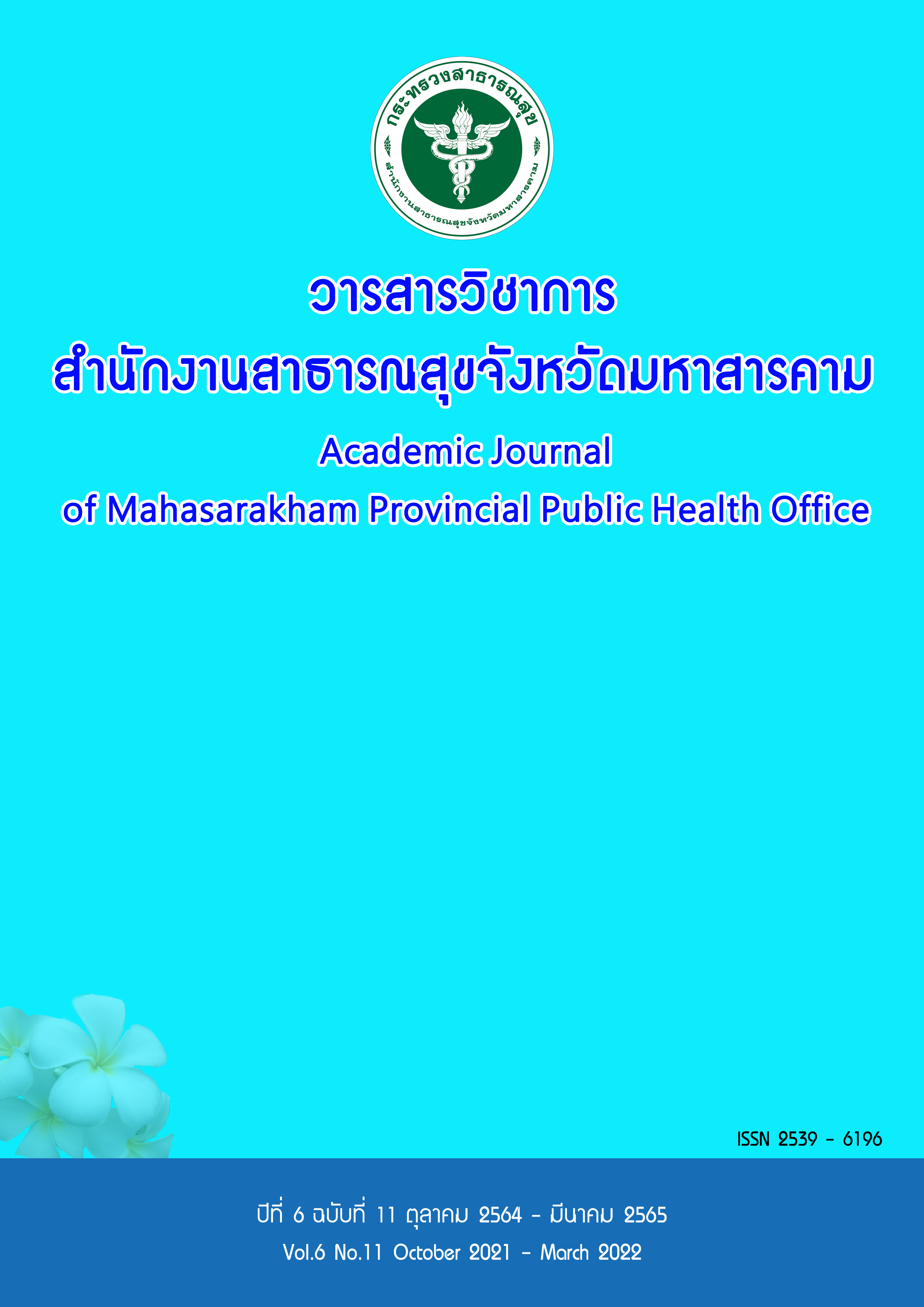พัฒนารูปแบบการพยาบาลผู้ป่วยเท้าเบาหวาน โรงพยาบาลตรัง
Abstract
Abstract
This research and development aimed to develop and assess the effectiveness of a nursing model for diabetic foot patients at Trang Hospital.
The samples were selected by purposive sampling, which is divided into three groups as follows: 1) a group of 40 registered nurses, a group of 54 patients with diabetic foot, 3, a group of 54 relatives/ caregivers. The research was conducted in three phases, namely 1) situational analysis, 2) the development phase of the nursing model for diabetic foot patients using evidence-based practice guidelines, and 3) the evaluation phase for assessing the effectiveness of the nursing model. The data collection instruments included a demographic record form, an evaluation form of knowledge about the nursing care for diabetic foot patients, an evaluation form on foot examination skills, an evaluation form of nurses' satisfaction, a measure of patients outcomes. The data were analysed using percentage, mean, standard deviation, and paired sample t-test
The results revealed that there were four categories of the model: 1) an assessing, screening, and categorizing the patients into each risk level of diabetic foot patients, 2) wound care for promoting wound recovery, 3) a discharge planning for continuing care at home, and 4). coordinating care after hospital discharge. The outcomes of using the developed model were: 1. Nurses could practice along with the guideline at 100% 2. The scores of wound severity were significantly lower than before using the developed model (p<0.001). 3. The progress of wound healing was highest at necrotic tissue amount, necrotic tissue type, exudate type and skin color surrounding, respectively. 4. The patients’ satisfaction on the developed model was good 5. Patients' and caregivers' satisfaction with the developed model was high 6. The nurses' knowledge scores on caring for diabetic foot ulcer patients were significantly higher than before using the developed model (p<0.001). 7. The nurses' skills on foot examination were significantly higher than before using the developed model (p<0.001). The nurses' skill on the ABI ankle circulation index assessment was the most improved from the beginning. 8. The nurses' satisfaction with the developed model was high 9. There was no infection wound and patient readmission. The research results indicate that the developed model is effective and efficient for caring for the diabetic foot.
Keywords: Nursing care model, Evidenced base practice, Diabetic foot


